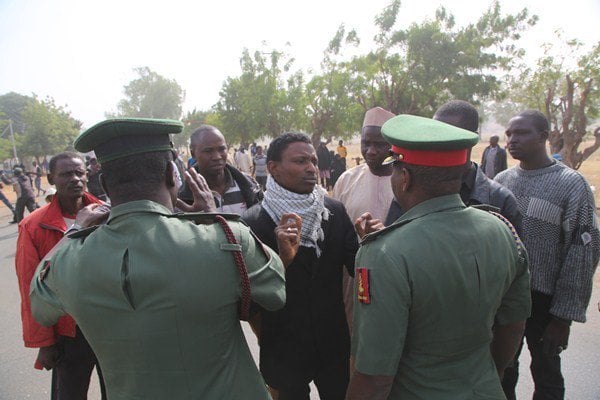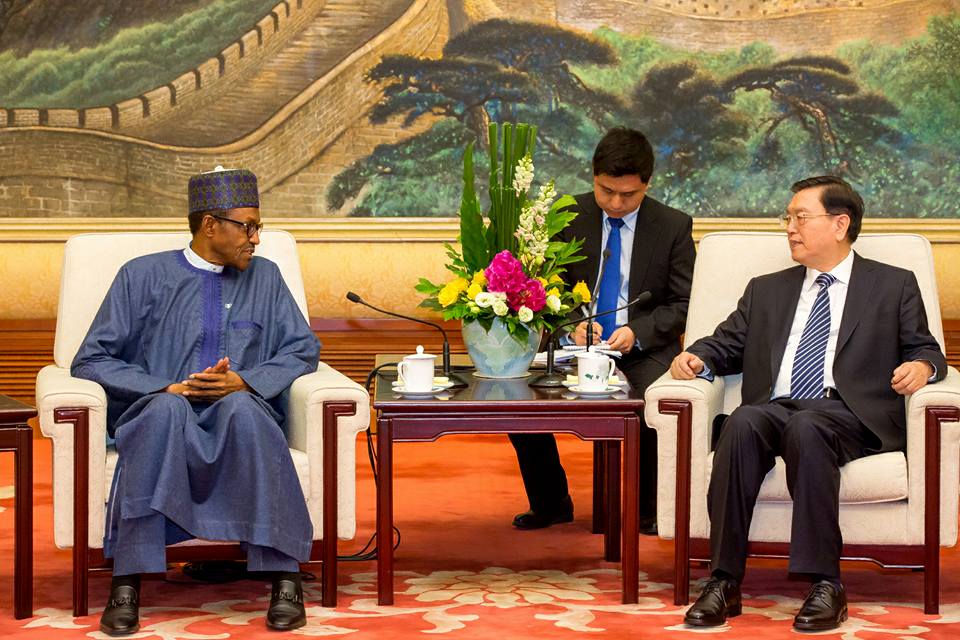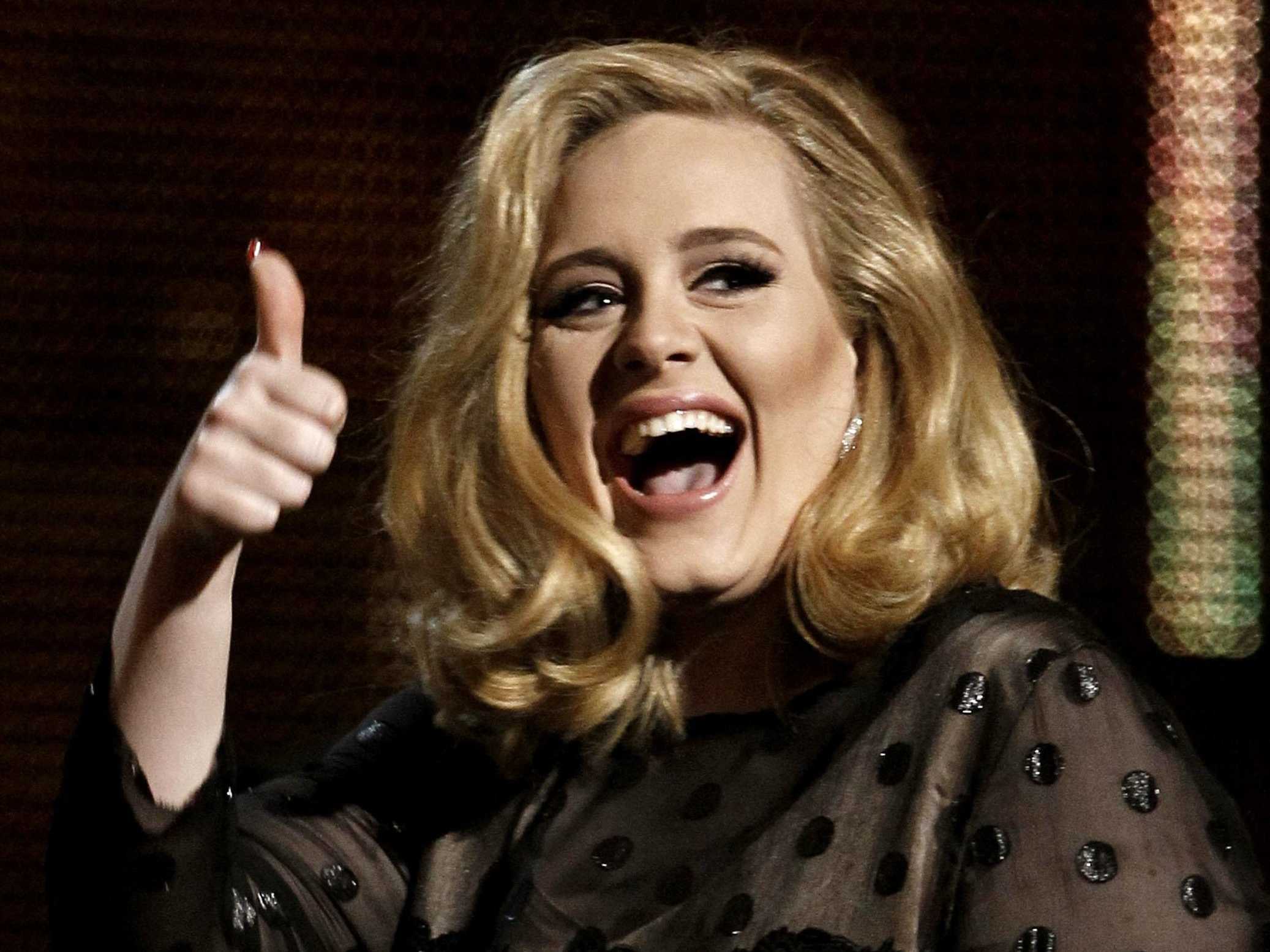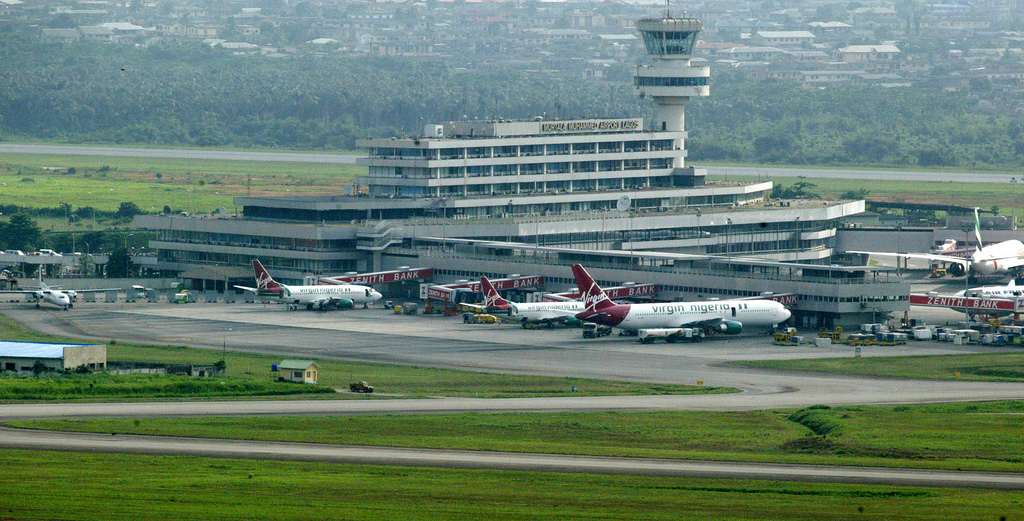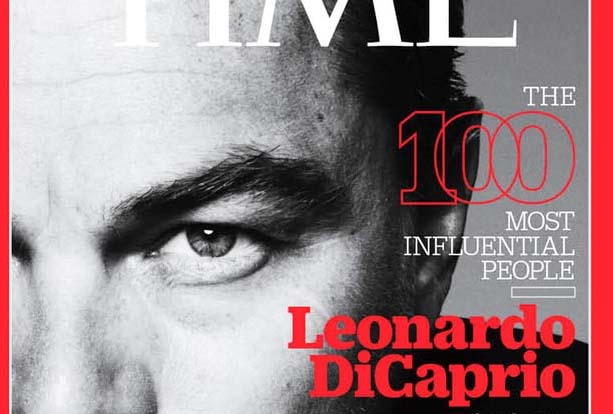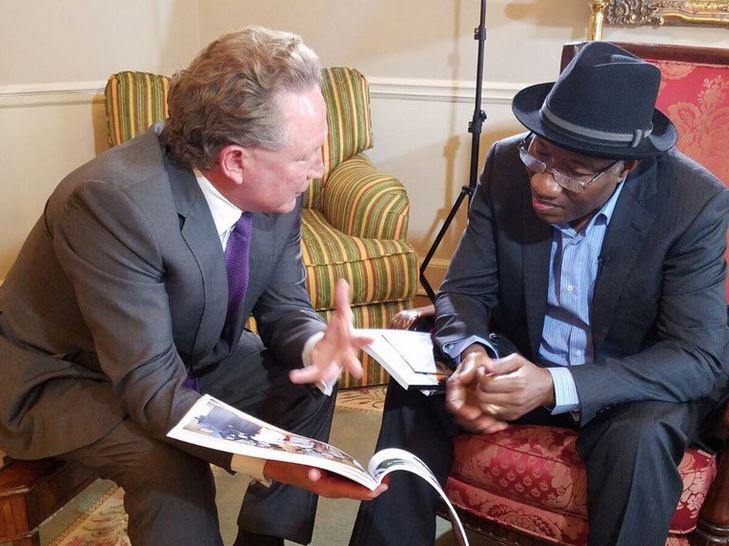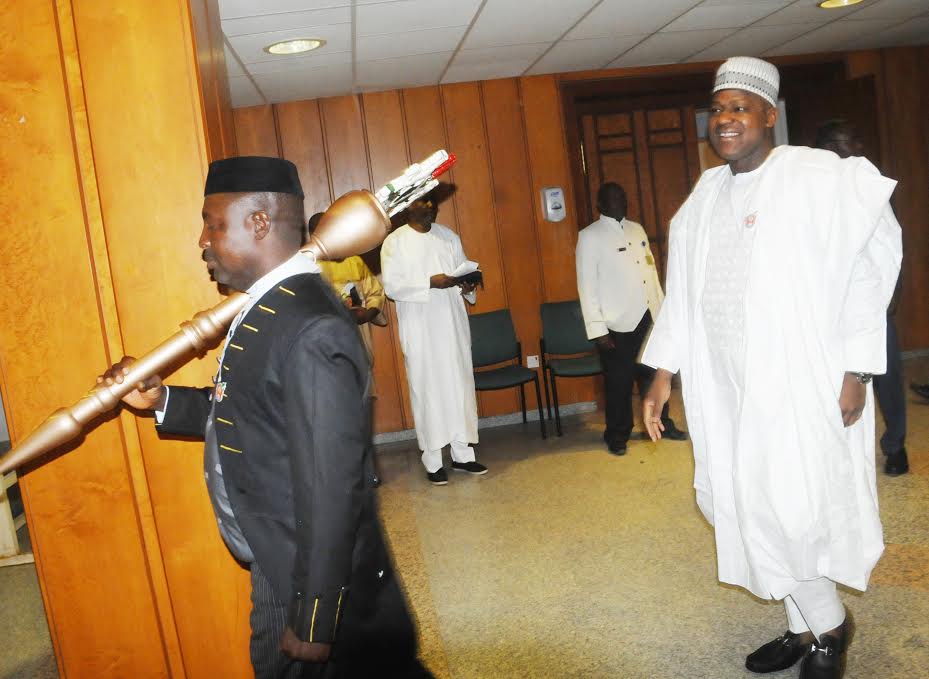Amnesty International (AI), leading human right group, on Thursday said soldiers burnt alive some members of the Islamic Movement of Nigeria (IMN), better known as the Shi’ia sect, and killed some innocent students during the a clash in December.
In a report entitled: ‘Unearthing the truth: Unlawful killings and mass cover-up in Zaria’, the body alleged that the military was attempting to cover up its crimes.
AI said more than 350 people were killed, accusing the military of trying to conceal evidence.
“The true horror of what happened over those two days in Zaria is only now coming to light. Bodies were left littered in the streets and piled outside the mortuary. Some of the injured were burned alive,” said Netsanet Belay, Amnesty International’s research and advocacy director for Africa.
Advertisement
“Our research, based on witness testimonies and analysis of satellite images, has located one possible mass grave. It is time now for the military to come clean and admit where it secretly buried hundreds of bodies.”
The report contains shocking witness testimony of large-scale unlawful killings said to be carried out by the military.
“IMN supporters – some armed with batons, knives, and machetes – had refused to clear the road near their headquarters, the Hussainiyya, for a military convoy to pass. The army has claimed that IMN supporters attacked the convoy in an attempt to assassinate the chief of army staff. IMN members deny this,” the report read.
Advertisement
“Following an initial confrontation the military surrounded other locations where IMN supporters had gathered, notably at the residential compound of IMN leader Ibrahim Al-Zakzaky. Some people were killed as a result of indiscriminate fire. Others appeared to have been deliberately targeted.
“All available information indicates that the deaths of protestors were the consequence of excessive, and arguably, unnecessary use of force.”
CHILDREN INJURED AND KILLED
AI said a 16-year-old schoolgirl identified as Zainab revealed that: “We were in our school uniforms. My friend Nusaiba Abdullahi was shot in her forehead. We took her to a house where they treated the injured but, before reaching the house, she already died.”
A 10-year-old boy who was shot in the leg told Amnesty International how his older brother was shot in the head as they tried to leave the compound. “We went out to try to shelter in a nearby house but we got shot.”
Advertisement
SHOT AND BURNT ALIVE
On December 13, two buildings within Ibrahim Al-Zakzaky’s compound, one of which was being used as a makeshift medical facility and mortuary, were attacked by soldiers.
Alyyu, a 22-year-old student, told Amnesty International that he was shot in the chest outside the compound and was taken inside for treatment: “There were lots of injured people in several rooms. There were dead bodies in a room and also in the courtyard.
“Around 12-1pm soldiers outside called on people to come out, but people were too scared to go out. We knew they would kill us. Soldiers threw grenades inside the compound. I saw one soldier on the wall of the courtyard shooting inside.”
One mother described a phone conversation with one of her 19-year-old sons before he was killed alongside his twin brother and their step brother and sister in the compound.
Advertisement
“They are shooting those injured one by one,” he told her.
Yusuf said he managed to escape with serious gunshot wounds as soldiers set fire to the makeshift medical facility in the compound.
Advertisement
“Those who were badly injured and could not escape were burned alive,” he told Amnesty International.
“I managed to get away from the fire by crawling on my knees until I reached a nearby house where I was able to hide until the following day. I don’t know how many of the wounded were burned to death. Tens and tens of them.”
Advertisement
Footage believed to have been shot on mobile phone by IMN supporters after the incident shows bodies with gunshot wounds as well as charred bodies strewn around the compound.
AI added that after the incident, the military sealed off the areas around al-Zakzaky’s compound, the Hussainiyya and other locations.
Advertisement
Bodies were said to be taken away, sites razed to the ground, rubble removed, bloodstains washed off, and bullets and spent cartridge removed from the streets.
Witnesses said they saw piles of bodies outside the morgue of Ahmadu Bello University Teaching Hospital in Zaria.
The hospital’s chief medical officer told Amnesty International that the military sealed off the area around the morgue for two days.
During that time he saw army vehicles “coming and going”.
A witness described to Amnesty International what he saw outside the hospital mortuary on the evening of 14 December: “It was dark and from far I could only see a big mound but when I got closer I saw it was a huge pile of corpses on top of each other. I have never seen so many dead bodies. I got very scared and ran away. It was a terrible sight and I can’t get it out of my mind.”
Another witness told the organisation how he had seen diggers excavating holes at the site of the suspected mass grave: “There were five or six large trucks and several smaller military vehicles and they spent hours digging and unloading the trucks’ cargo into the hole they dug and then covered it again with the earth they had dug out. They were there from about 1 or 2 am until about 5 am. I don’t know what they buried. It looked like bodies, but I could not get near.
“It is clear that the military not only used unlawful and excessive force against men, women and children, unlawfully killing hundreds, but then made considerable efforts to try to cover up these crimes,” said Netsanet Belay.
“Four months after the massacre the families of the missing are still awaiting news of their loved ones. A full independent forensic investigation is long overdue. The bodies must be exhumed, the incident must be impartially and independently investigated and those responsible must be held to account.”

